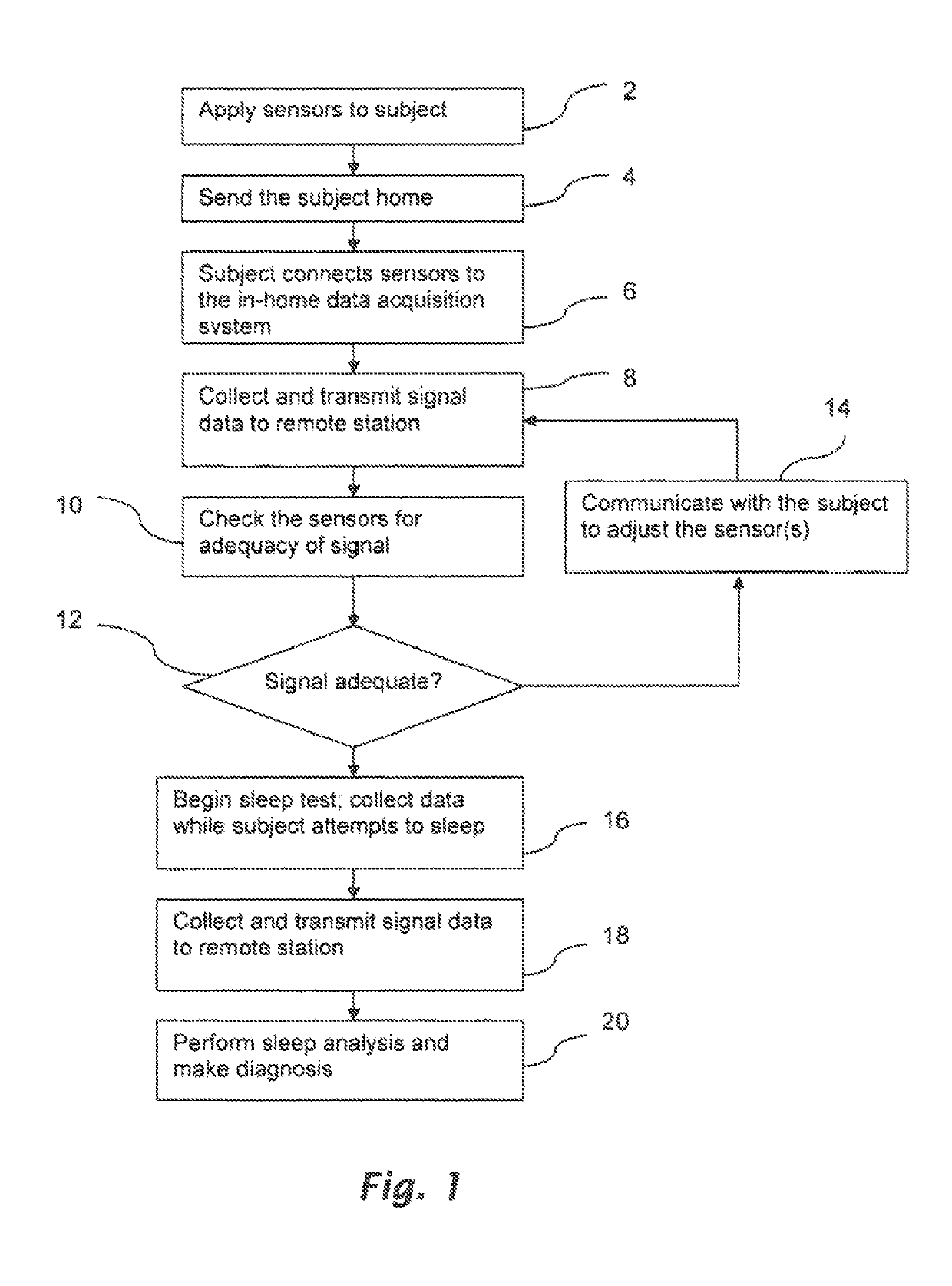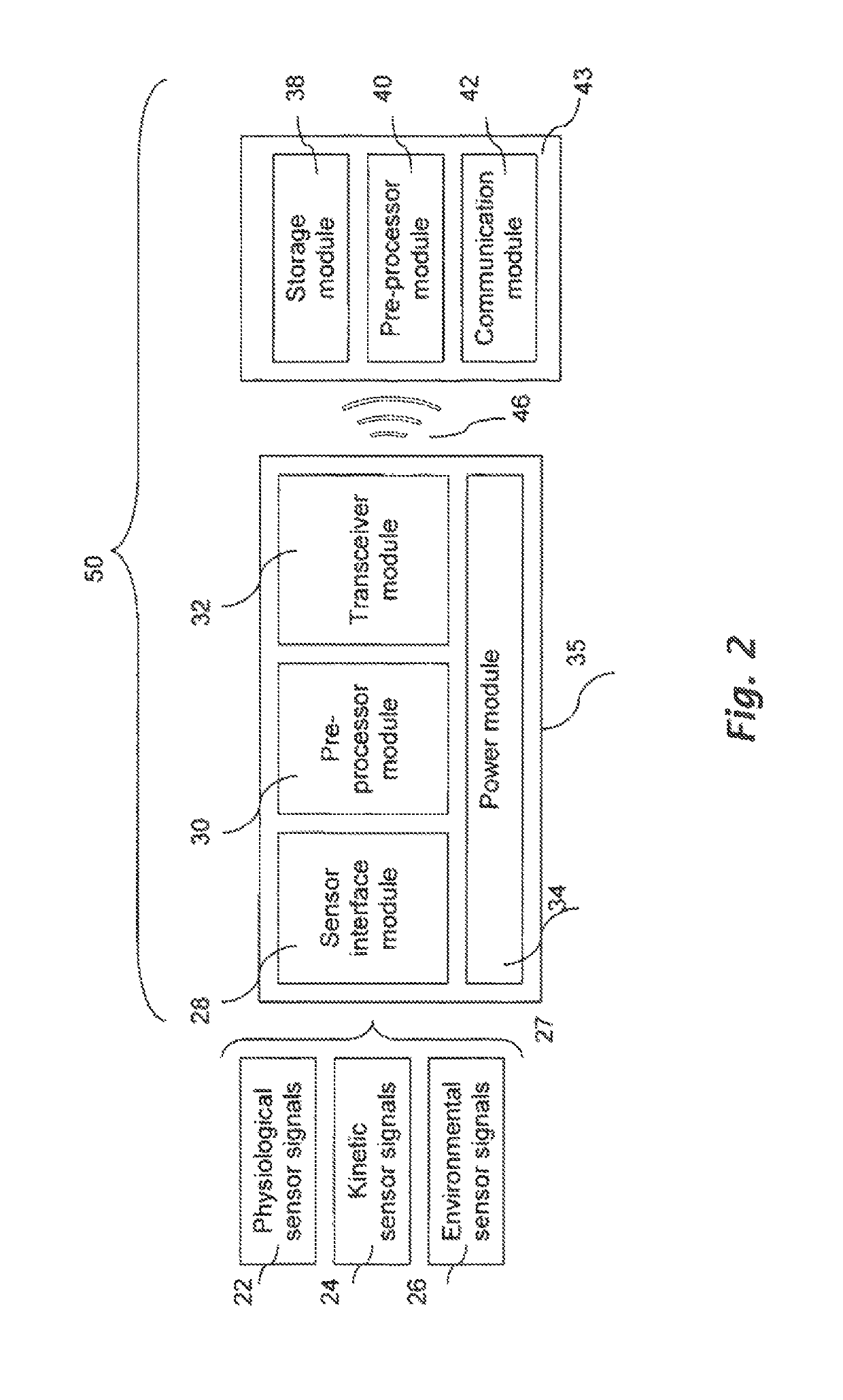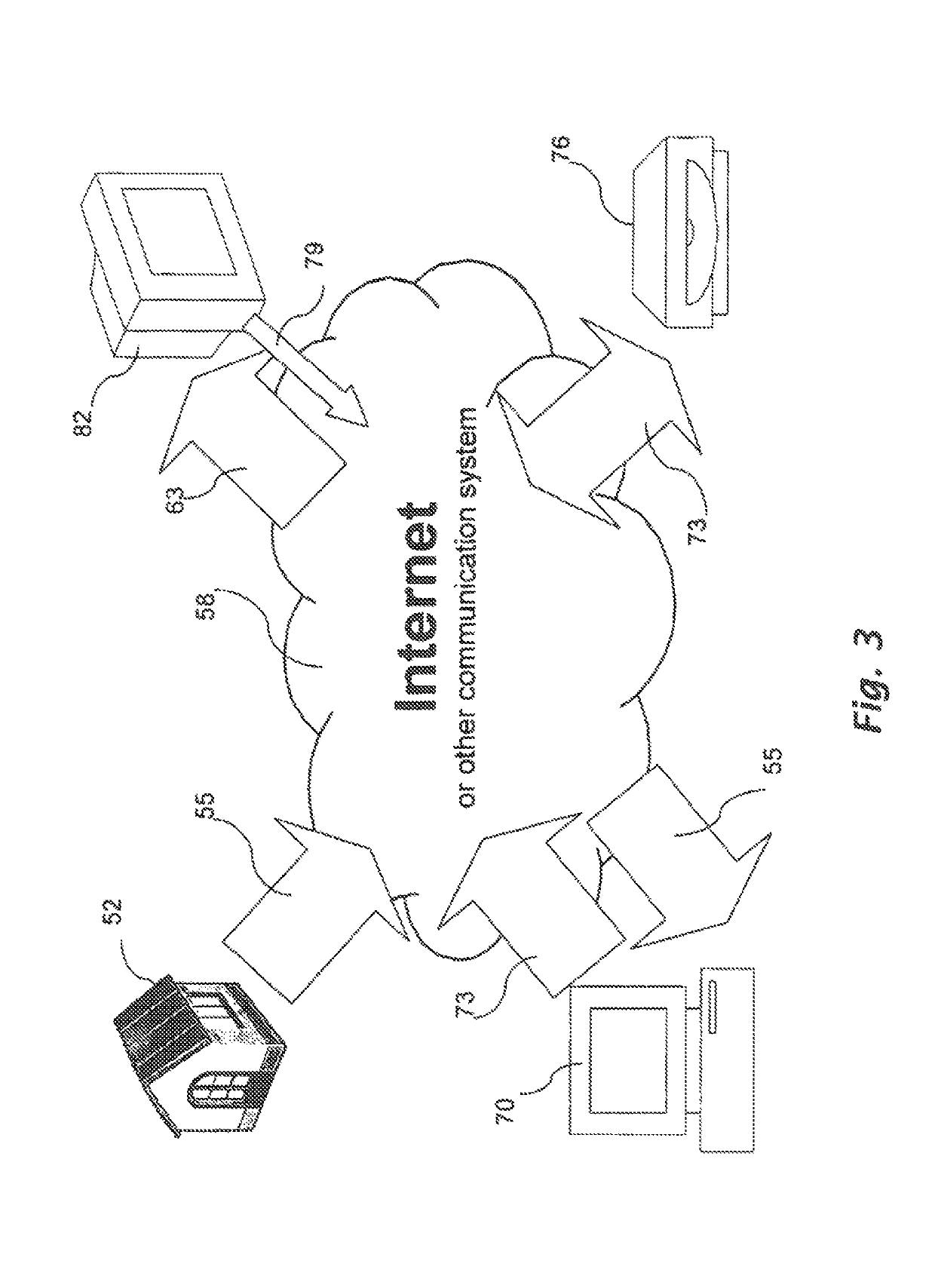Method and device for in-home sleep and signal analysis
- Summary
- Abstract
- Description
- Claims
- Application Information
AI Technical Summary
Benefits of technology
Problems solved by technology
Method used
Image
Examples
Embodiment Construction
[0034]The present invention is related to a method of home sleep and signal analysis, particularly electroencephalogram (EEG) signal analysis. The present invention is further related to the devices used in executing the method. The present invention includes various embodiments of a method of home sleep analysis. These embodiments include but are not limited to one or more of the following steps.
[0035]Various embodiments of the present invention include a step for determining whether the subject being analyzed for a sleep disorder maintained a normal sleeping pattern prior to the analysis. This step can be performed or accomplished a number of ways. In the simplest form, the subject can be questioned regarding his or her previous sleep patterns. In a somewhat more complex form the subject can be requested to fill out a questionnaire, which then can be graded to determine whether his or her previous sleep patterns where normal (or appeared normal). In an even more complex form the s...
PUM
 Login to View More
Login to View More Abstract
Description
Claims
Application Information
 Login to View More
Login to View More - Generate Ideas
- Intellectual Property
- Life Sciences
- Materials
- Tech Scout
- Unparalleled Data Quality
- Higher Quality Content
- 60% Fewer Hallucinations
Browse by: Latest US Patents, China's latest patents, Technical Efficacy Thesaurus, Application Domain, Technology Topic, Popular Technical Reports.
© 2025 PatSnap. All rights reserved.Legal|Privacy policy|Modern Slavery Act Transparency Statement|Sitemap|About US| Contact US: help@patsnap.com



